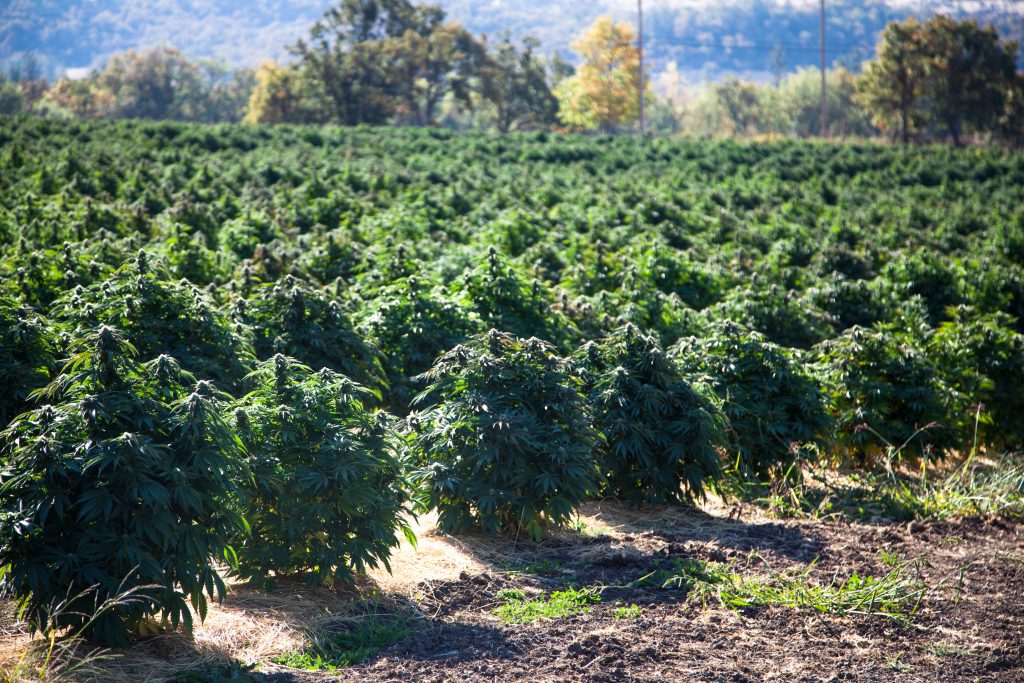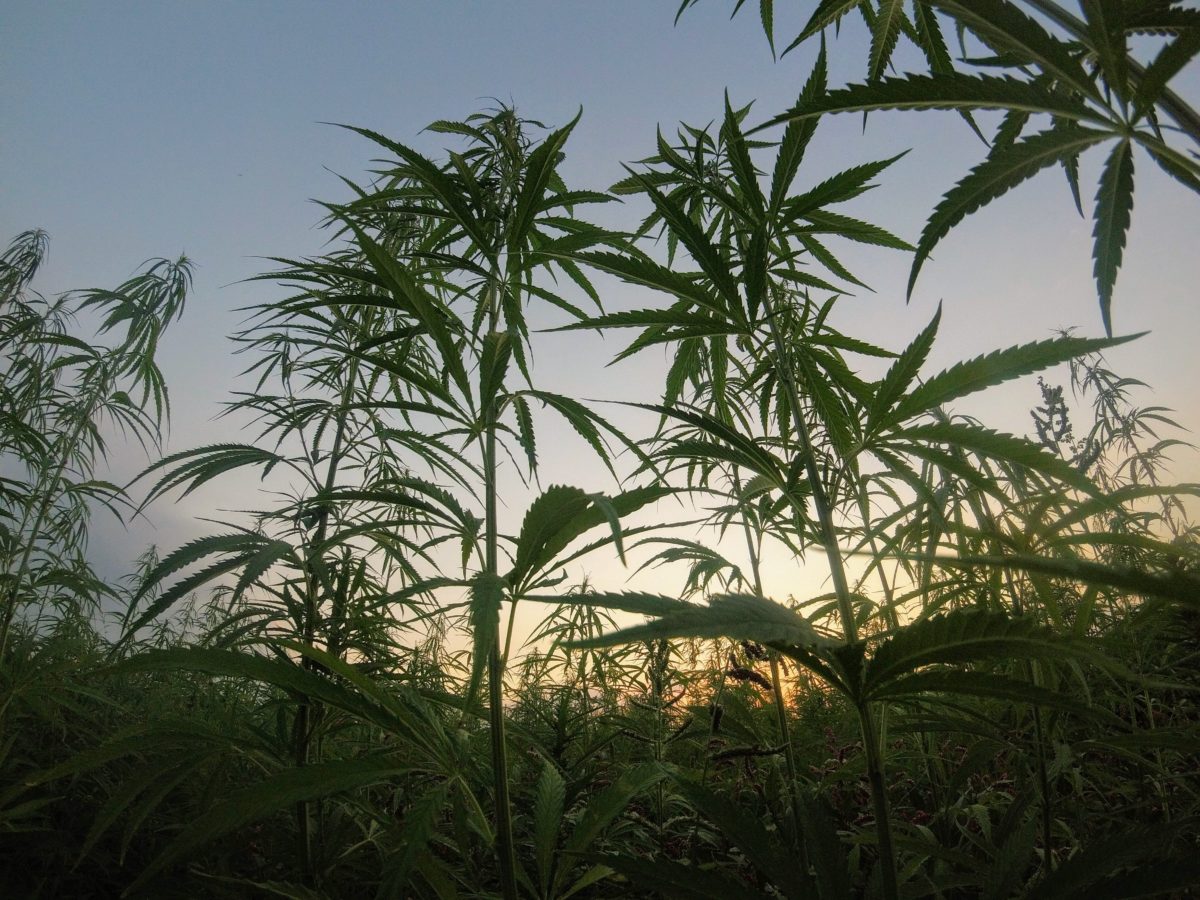Two research grants will help improve domestic hemp production in the future.

The Foundation for Food & Agriculture Research’s (FFAR) Hemp Research Consortium provided two grants totaling $1.17 million to Cornell University to support a breeding program aimed at cultivating hemp for grain, fiber and CBD production in U.S. growing regions. Consortium partners contributed matching funds for a total investment of $2.34 million.
Cornell researchers hope to understand the genetic basis of photoperiod threshold, which refers to the amount of light a plant needs to achieve flowering and other types of development. The researchers are also developing hemp varieties that will deliver higher yields, especially at lower latitudes in the U.S.
“With its potential for hundreds of food and industrial applications, hemp can be a major cash crop in the U.S.,” said Dr. Angela Records, FFAR chief scientific officer. “This research will contribute to a burgeoning hemp industry by acclimating the crop to a variety of growing regions across the country.”
Until the 2018 Farm Bill, hemp breeding research in the United States was limited by its legal status. Growers were largely limited to hemp varieties cultivated in Canada or Europe. They do not thrive in all growing regions of the U.S., however.
Canada and Europe have longer days than the U.S. during the summer growing season. Hemp varieties from these areas tend to result in smaller yields, and thus limited profit, when grown in the U.S. This is especially true in sub-tropical regions such as Florida, because of the shorter days.
The research team, led by Dr. Larry Smart, professor at Cornell’s School of Integrative Plant Science Horticulture Section Plant Breeding and Genetics Section, is developing new hemp cultivars — plants that are specifically bred for desired traits — using marker-assisted selection that show promise in southern latitudes and have specific desirable traits. Marker-assisted selection uses markers such as DNA that are linked to desired traits to choose plants for breeding. Those new cultivars are showing improved grain and fiber yields and undetectable levels of THC, making them fully compliant with THC regulations.
Researchers will also use whole genome sequencing to understand the genetic basis for flowering time variation and develop molecular markers to speed breeding for southern-adapted cultivars. These selections will be further bred to produce cultivars with a photoperiod matched to North Carolina, Florida and similar locations.
Cornell breeders are selecting for late-flowering individual plants grown in trials in New York, North Carolina and Florida that also produce high yields of CBD, which has never been achieved before.
“Matching flowering time with latitude is the key barrier to improving hemp yields across all market classes – grain, fiber and cannabinoids,” says Smart. “While this project will lead to the development of new cultivars that can produce high yields of CBD in Florida, the tools we will develop can be applied broadly in hemp breeding programs.”
Successful, productive U.S.-grown hemp crops will yield additional plant protein, health and personal care products, consumer textiles and industrial applications. Hemp may also be a viable alternative crop for tobacco-dependent and economically distressed farmers.
Source: Foundation for Food and Agriculture Research










